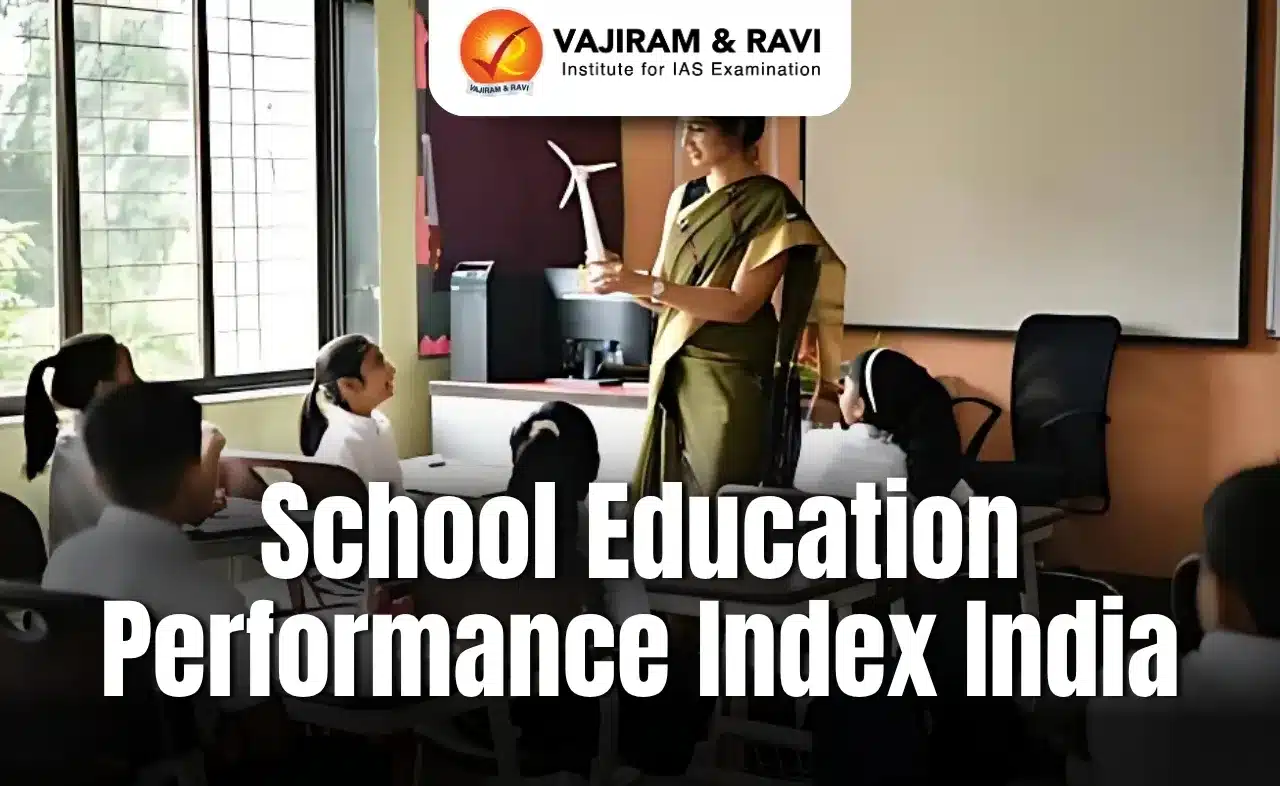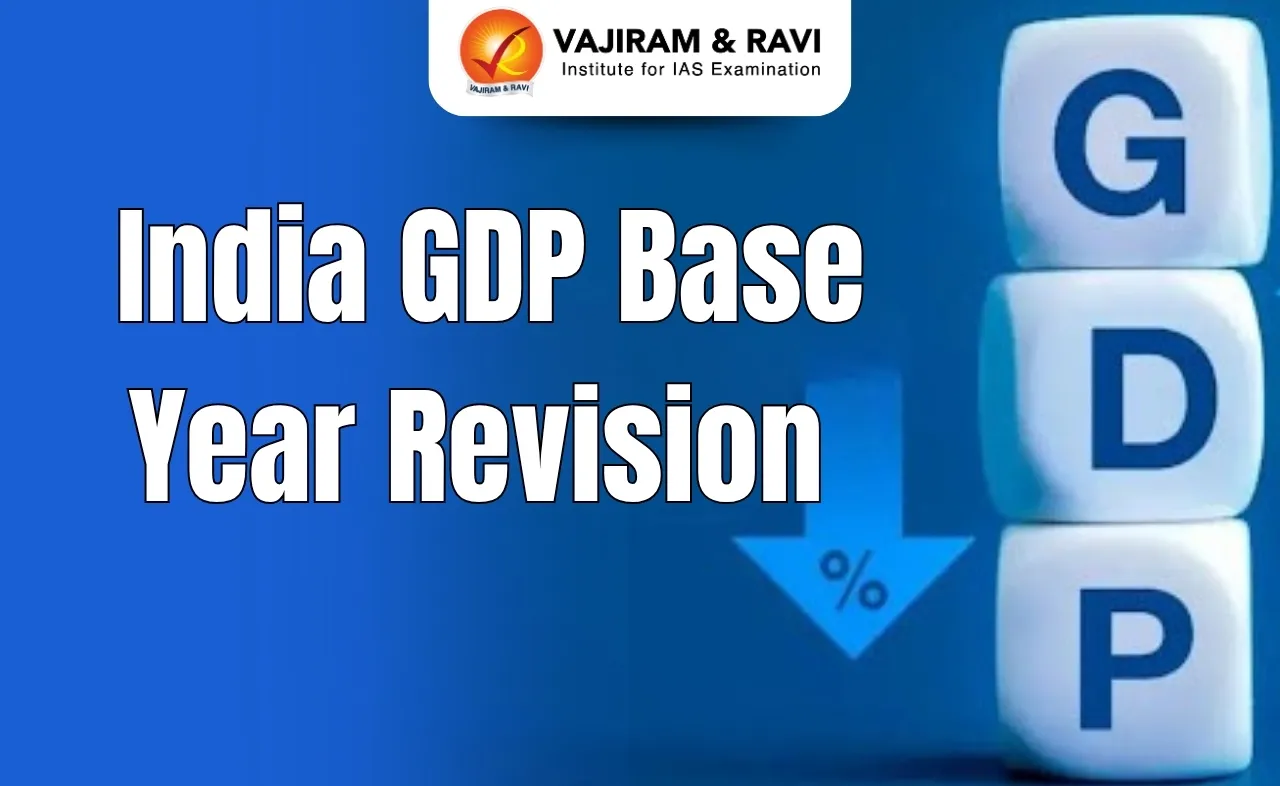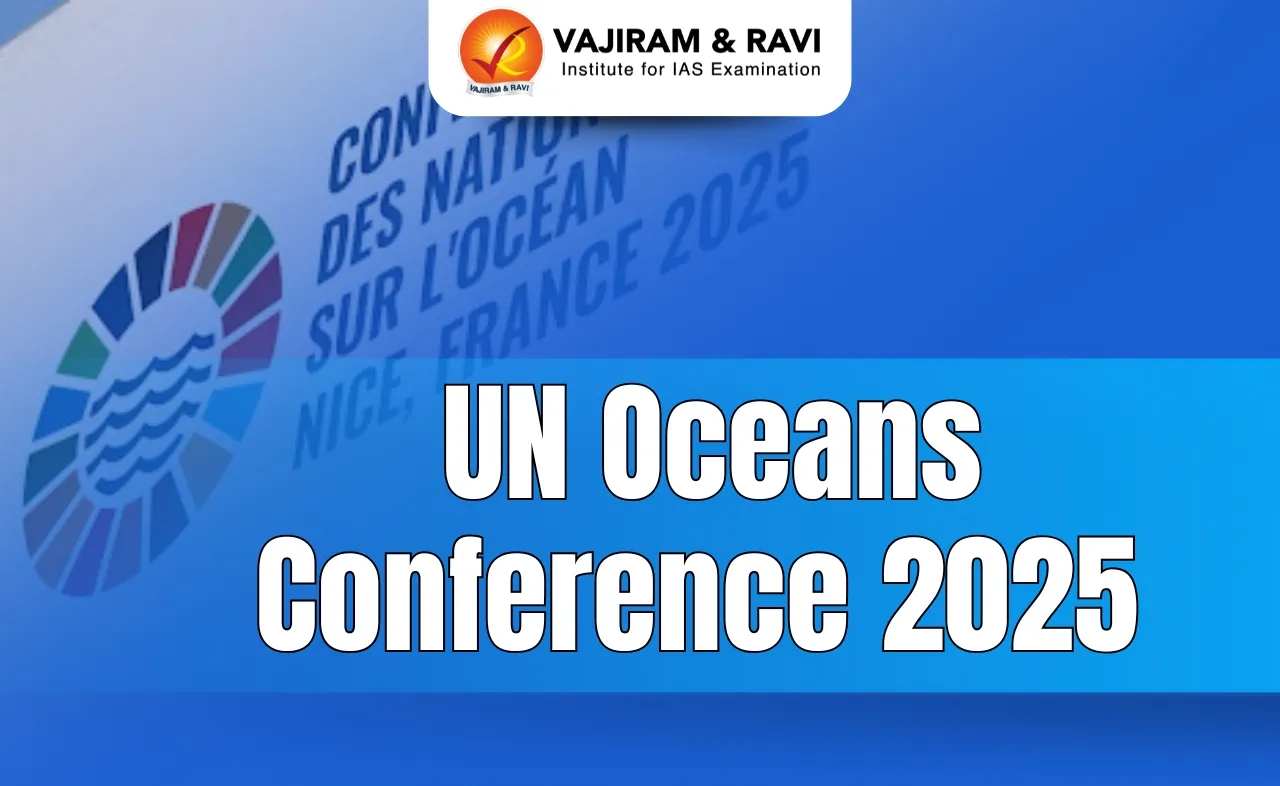What’s in today’s article?
- Why in News?
- Understanding Enhanced Rock Weathering
- The Innovative Approach of Alt Carbon
- Appreciation and Apprehensions of Alt Carbon’s Pioneering Method
Why in News?
- In a surprising twist, a Darjeeling-based company, Alt Carbon, is turning mining dust into a climate-friendly solution.
- With $500,000 in investments from carbon-credit companies, Alt Carbon is utilising a geo-chemical process known as enhanced rock weathering to tackle atmospheric carbon dioxide (CO2).
Understanding Enhanced Rock Weathering:
- The natural process:
- Rocks naturally decompose over thousands of years, primarily through rain and heat.
- This breakdown leads to the formation of bicarbonates as atmospheric CO2 reacts with minerals like calcium and magnesium.
- These bicarbonates eventually make their way to the oceans via aquifers, where they have the capacity to store/ sequester carbon for thousands of years.
- Carbon sequestration is the process of capturing and storing atmospheric CO2. It is one method of reducing the amount of CO2 in the atmosphere with the goal of reducing global climate change.
- Accelerating carbon removal:
- Given the urgent need to reduce atmospheric CO2 levels – supported by the Intergovernmental Panel on Climate Change (IPCC) – there’s a growing focus on accelerating natural carbon removal processes.
- Enhanced rock weathering (ERW) offers a promising solution.
- What is ERW?
- Meaning:
- It is a nature-based process that accelerates the natural weathering of rocks to remove CO2 from the atmosphere and help address climate change:
- ERW involves spreading finely ground silicate rocks (like basalt) on land.
- This increases the surface area of the rock, which speeds up the chemical reactions between the rocks, water, and air.
- Benefits:
- Carbon sequestration: ERW can help remove carbon dioxide from the atmosphere.
- Improved soil: ERW can improve soil pH, nutrient uptake, and fertility.
- Reduced ocean acidification: ERW can help mitigate ocean acidification.
- Challenges:
- The challenge lies in making ERW a practical climate solution.
- The processes of mining, grinding, and transporting rock consume significant energy, primarily from fossil fuels, which could negate the CO2 benefits.
- Effective enhanced weathering requires large areas of land, necessitating participation from numerous farms or coastal regions to achieve meaningful carbon removal.
- Enhanced weathering is simply more expensive than more direct ways of dealing with carbon emissions.
- Meaning:
The Innovative Approach of Alt Carbon:
- Using basaltic rock for ERW:
- Basaltic rock, especially abundant in regions like Maharashtra and Gujarat due to the volcanic Deccan Traps, is rich in minerals essential for carbon sequestration.
- By crushing this rock into a fine powder, Alt Carbon increases its effective surface area, enhancing the formation of bicarbonates significantly – by ten to a hundred times.
- Application in Darjeeling:
- Alt Carbon collects crushed basalt from Rajmahal mines and transports it to Darjeeling, where it is applied to tea estates.
- This process not only enriches the soil but also accelerates carbon sequestration.
- Currently, the company has utilised around 500 tonnes of basalt dust, aiming to sequester 50,000 tonnes of CO2 in the coming years, thus, making mining dust climate-friendly.
Appreciation and Apprehensions of Alt Carbon’s Pioneering Method:
- Securing agreements:
- Alt Carbon’s innovative approach has attracted attention from major companies.
- They entered a partnership with Frontier – a consortium including McKinsey and Alphabet – to secure carbon credits for $500,000.
- They also collaborated with NextGen to buy additional carbon credits at $200 per tonne.
- Challenges: While the principles of ERW are well understood, discrepancies in measuring sequestered carbon raise concerns and emphasise the need for precise measurement protocols.
- Conclusion:
- Alt Carbon’s pioneering work in using crushed basalt for ERW showcases a novel method for carbon sequestration.
- Going ahead, the company aims to make significant strides in combating climate change while simultaneously improving agricultural practices.
Q.1. What is carbon credit?
A carbon credit, also known as a carbon offset, is a permit that represents the reduction or removal of one ton of carbon dioxide or other greenhouse gas from the atmosphere. Carbon credits can be generated by projects that: reforest, use renewable energy, and reduce the amount of carbon released into the atmosphere.
Q.2. What is the carbon footprint?
A carbon footprint is a calculation of the total amount of greenhouse gases (GHGs) emitted by a person, company, product, or event. It’s usually reported in tons of carbon dioxide equivalents (CO2-eq) per unit.
Source: Company uses mining dust to enhance carbon capture
Last updated on June, 2025
→ UPSC Notification 2025 was released on 22nd January 2025.
→ UPSC Prelims Result 2025 is out now for the CSE held on 25 May 2025.
→ UPSC Prelims Question Paper 2025 and Unofficial Prelims Answer Key 2025 are available now.
→ UPSC Calendar 2026 is released on 15th May, 2025.
→ The UPSC Vacancy 2025 were released 1129, out of which 979 were for UPSC CSE and remaining 150 are for UPSC IFoS.
→ UPSC Mains 2025 will be conducted on 22nd August 2025.
→ UPSC Prelims 2026 will be conducted on 24th May, 2026 & UPSC Mains 2026 will be conducted on 21st August 2026.
→ The UPSC Selection Process is of 3 stages-Prelims, Mains and Interview.
→ UPSC Result 2024 is released with latest UPSC Marksheet 2024. Check Now!
→ UPSC Toppers List 2024 is released now. Shakti Dubey is UPSC AIR 1 2024 Topper.
→ Also check Best IAS Coaching in Delhi
























